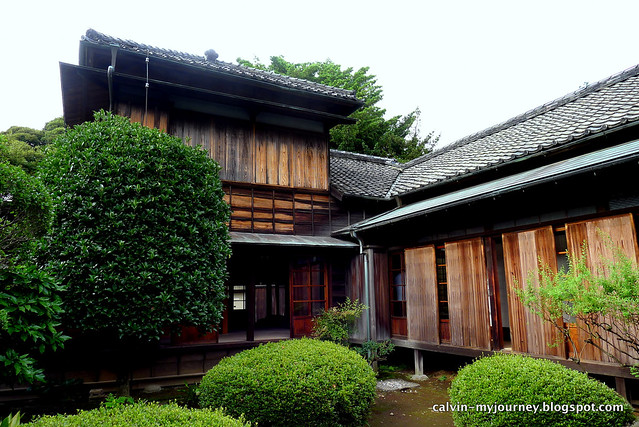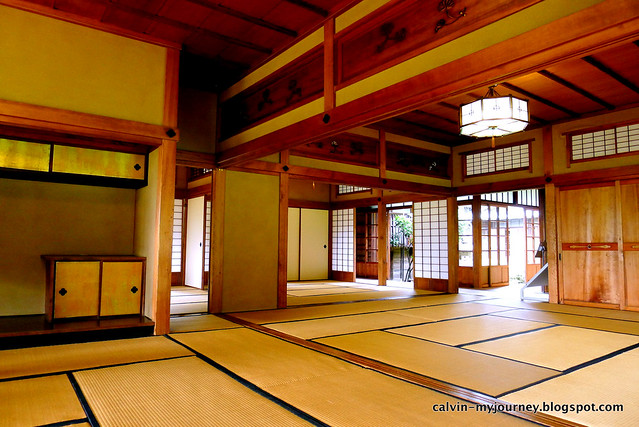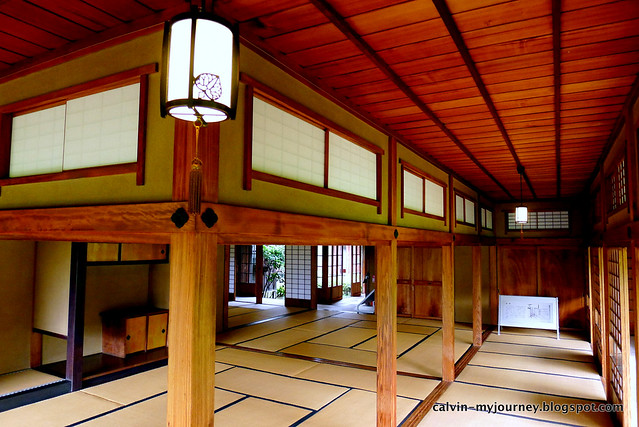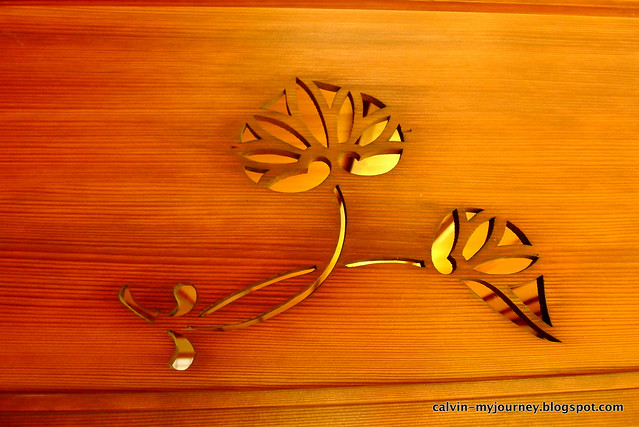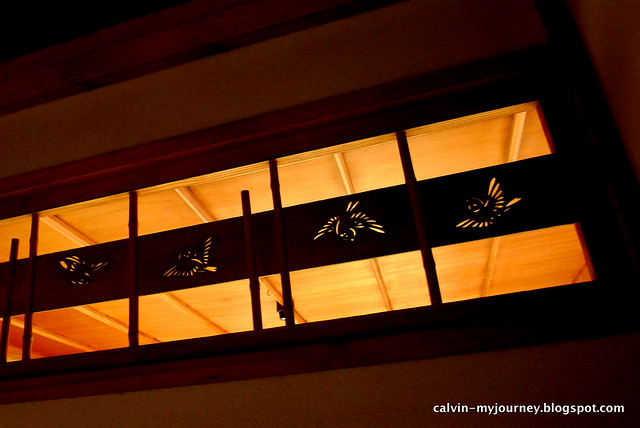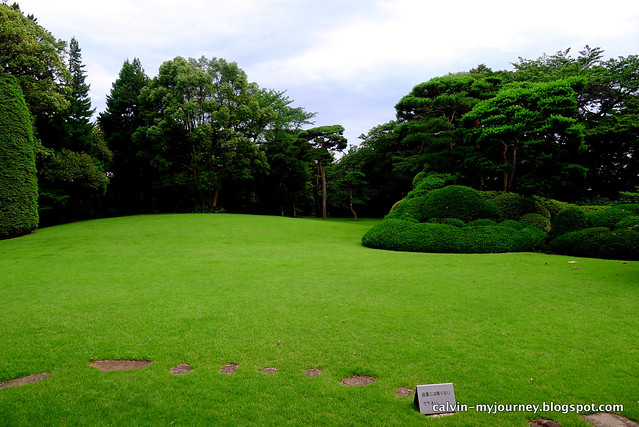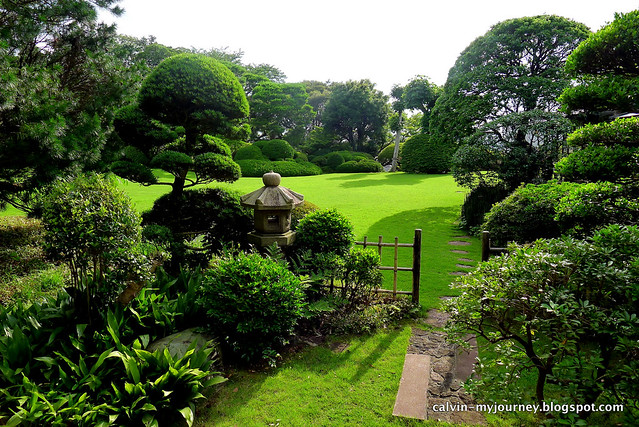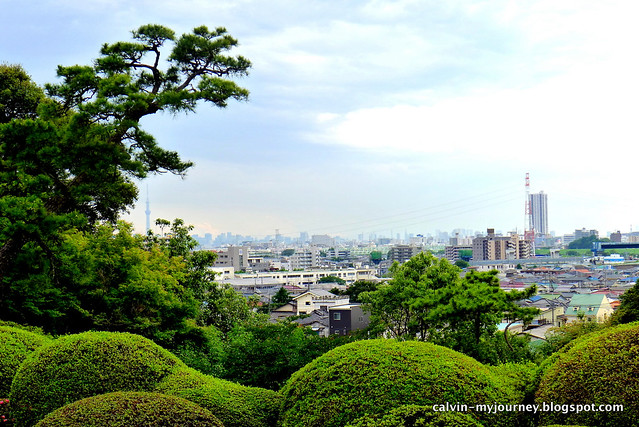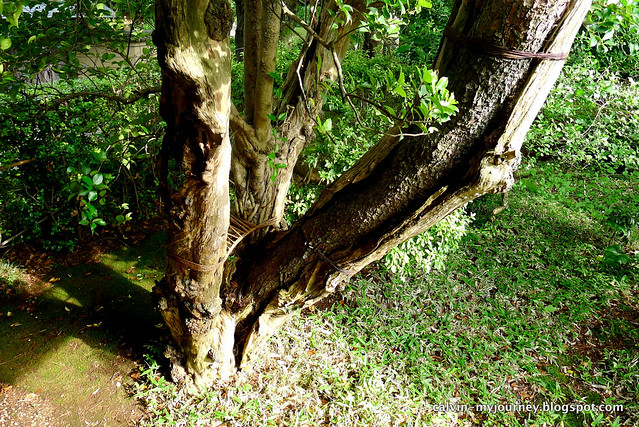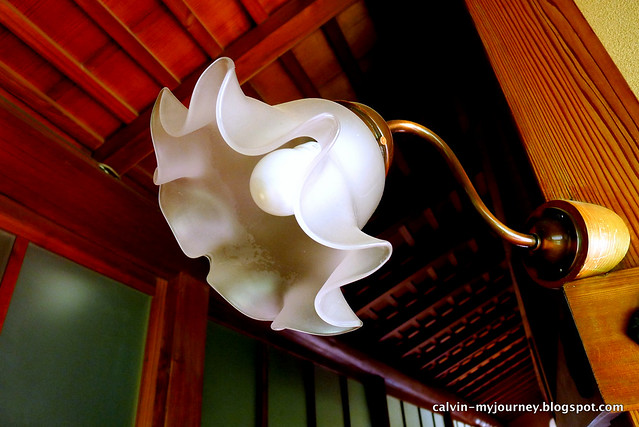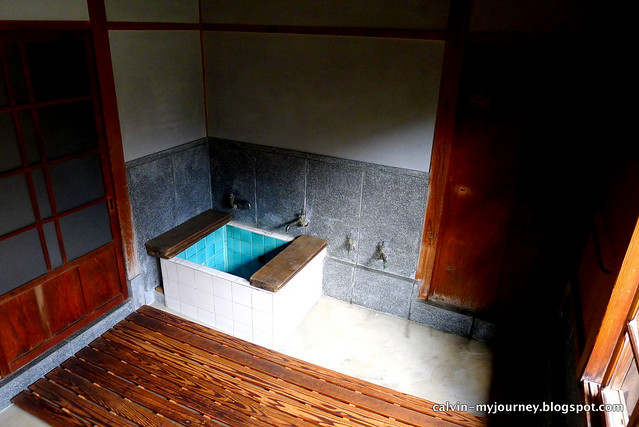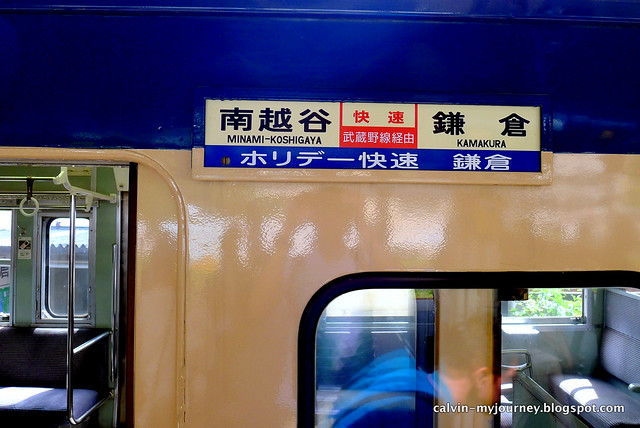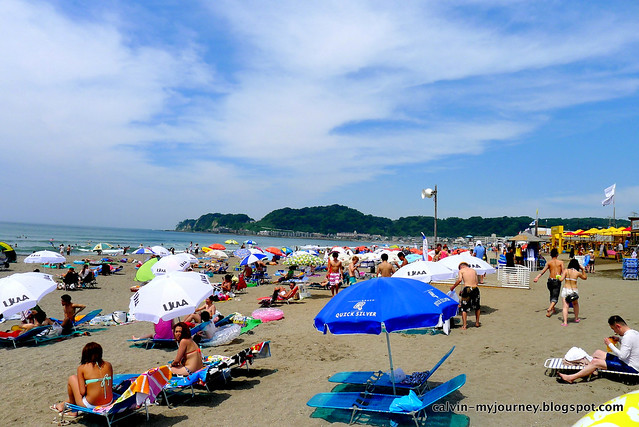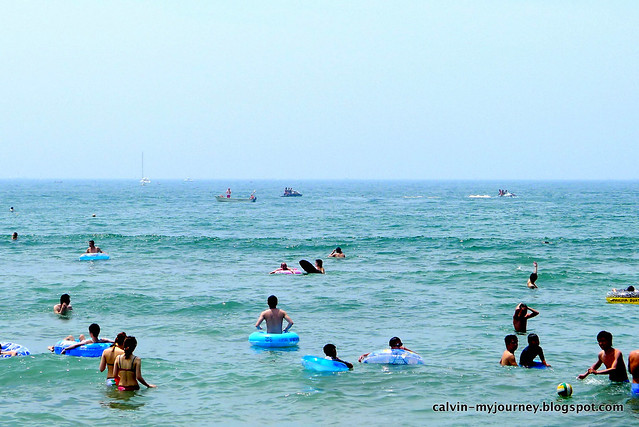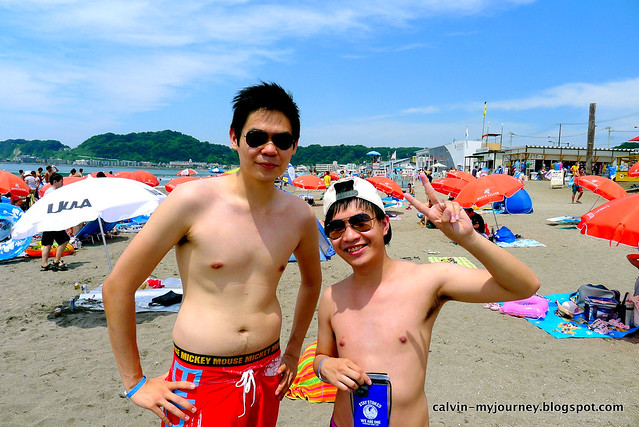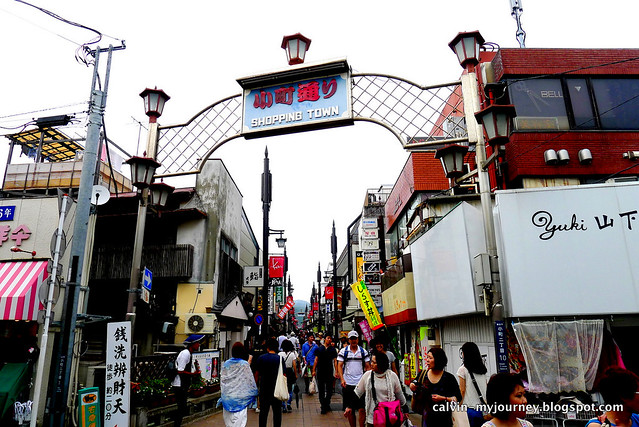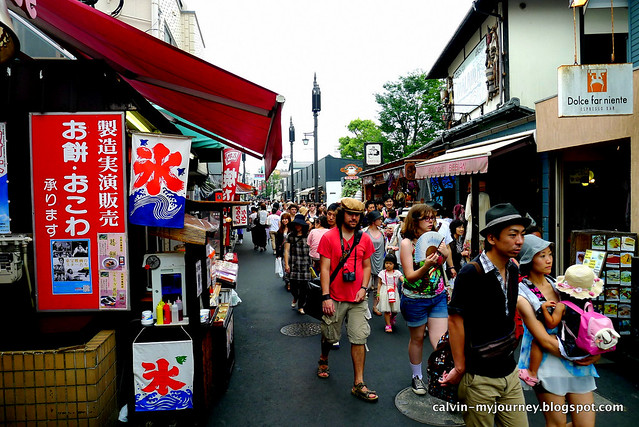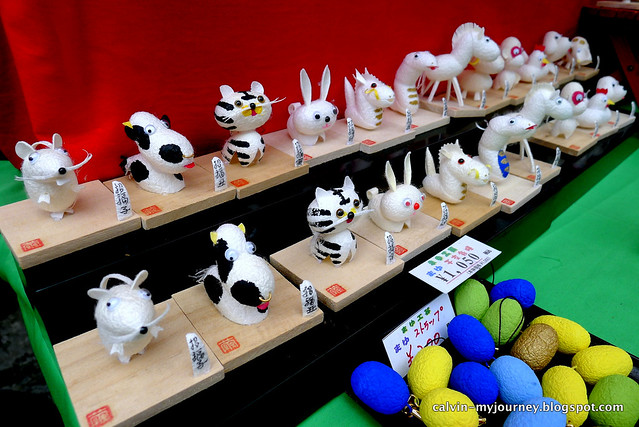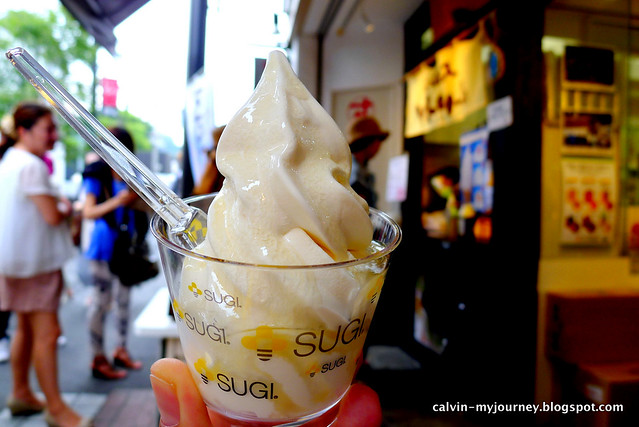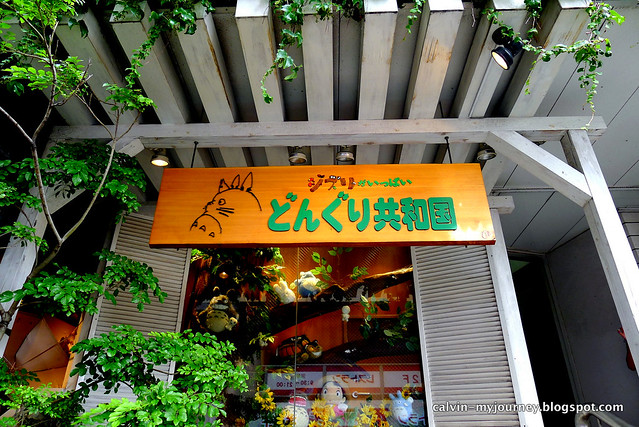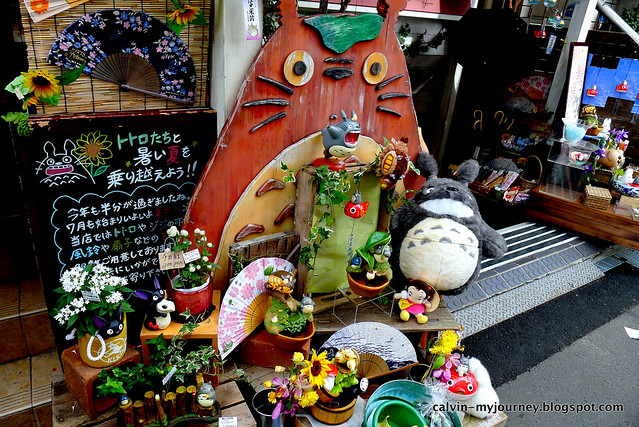"Life is like unto a long journey with a heavy burden.
Let thy step be slow and steady, that thou stumble not."
Tokugawa Ieyasu,
founder and first shogun of the Tokugawa shogunate of Japan
Our final stop of the first Chiba Kun Ambassador tour was to Tojo-tei House (戸定邸) in Matsudo city. In 1867, when the last Edo Shogun returned political power to the emperor, the Edo era ended its 265-year history. A new era began, all Samurai were gone, and the people in the Shogun family went into retirement, faded into obscurity. It is unknown what happened to the shogun family thereafter, but visiting one of their residences tells the story of their quiet life after the storm.
Tojo-tei House was build in 1884 as a former residence of Tokugawa Akitake (徳川昭武).
The architecture of this residence was based on the design of the
lord's residences in the Tokugawa Period and the mode in the early Meiji
Period. Akitake was a brother of the last shogun Tokugawa Yoshinobu (徳川慶喜), and was supposed to be the shogun after Yoshinobu retired. However, Edo era did not last by the time.

One of the volunteer guide, who led us around the house, explaining in details about the history of the house.

One of the volunteer guide, who led us around the house, explaining in details about the history of the house.
The
story is that Akitake, at the age 13, left for Paris to attend the
Paris International Exhibition held in 1867 as the representative of
the Shogun, and also visited several European countries. During the time
he was away, the Edo-era ended. Instead of being the last Shogun,
Akitake became the last lord of the Mito clan upon returning to Japan.
Akitake
retired at the age of 30 and lived the rest of his days in comfort,
hunting, taking photographs, and making ceramics in this residence -
Tojo-tei, which was named after the location Tojo. This wooden house
has designed in styles of Japanese architecture established in both
Edo and Meiji period. The interior decoration is so simple, but only
precious architectural materials are used. Although this house had
large earthquakes in the past, no damage was found. The recent 3-11
earthquake was a testament to this, as the house stood firm against the
fierce tremor that hit the Tohoku and Kanto region.

Taking a gaze of the wonderful architecture of the house from the garden is a great experience, and it is only possible on the 10th of every month, when the lawns of the garden is opened to the public.

It is possible to see Mount Fuji from this house, especially in the winter, and this house is selected as one of the 100 spots in Kanto region
to see the famous symbol of Japan.
Another angle of the garden.

Taking a gaze of the wonderful architecture of the house from the garden is a great experience, and it is only possible on the 10th of every month, when the lawns of the garden is opened to the public.

It is possible to see Mount Fuji from this house, especially in the winter, and this house is selected as one of the 100 spots in Kanto region
to see the famous symbol of Japan.
A unique tree - a tree within a tree. Apparently, there are three kinds of trees that grow from the same spot.
The
minimalism or simplicity chic found in this structure is the feature
of traditional Japanese architecture, that creates the beauty of form.
The garden behind the house is also an important element as it was
designed so that seasonal followers can be enjoyed viewing from rooms.
The garden, with undulating lawn and clipped shrubs, gives us an early and good example blending of Japanese and Western elements in that Meiji Period. Tojo-tei House was registered as a place of scenic beauty in the Chiba Prefecture in 1986, and also an important cultural property in 2006.
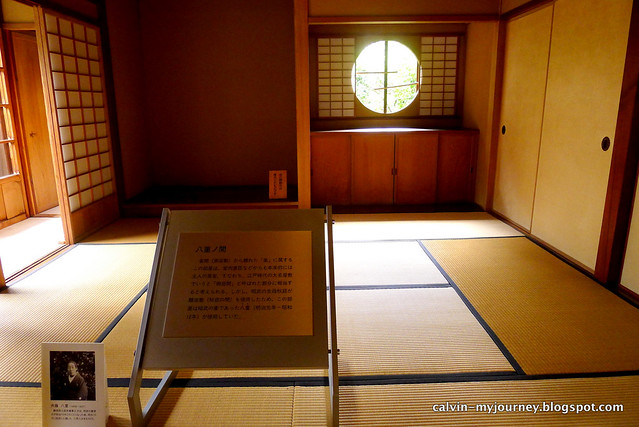
Yae-no-ma (八重ノ間), which has a very unique window in the shape of a full moon.

Another section of the house, which is now owned by Matsudo City and is designated as an important cultural asset of Japan.
Our guide was a local volunteer, who was amicable and ready to answer any questions we have about the history of this place. Apparently, this house was greatly unaffected by the Tohoku earthquake that shook Japan on that faithful afternoon of March 11, 2011. There were even some people who came here to take shelter at that time, because it was a safe place.
Visiting old Japanese houses is getting popular among Japanese of late, both young and old alike. If you are interested in visiting Tojo-tei or this types of tourist spots, it is recommended to visit in the morning before getting crowded, so that you can enjoy the peaceful atmosphere, would be like Zen world.
The garden, with undulating lawn and clipped shrubs, gives us an early and good example blending of Japanese and Western elements in that Meiji Period. Tojo-tei House was registered as a place of scenic beauty in the Chiba Prefecture in 1986, and also an important cultural property in 2006.

Yae-no-ma (八重ノ間), which has a very unique window in the shape of a full moon.

Another section of the house, which is now owned by Matsudo City and is designated as an important cultural asset of Japan.
Our guide was a local volunteer, who was amicable and ready to answer any questions we have about the history of this place. Apparently, this house was greatly unaffected by the Tohoku earthquake that shook Japan on that faithful afternoon of March 11, 2011. There were even some people who came here to take shelter at that time, because it was a safe place.
Visiting old Japanese houses is getting popular among Japanese of late, both young and old alike. If you are interested in visiting Tojo-tei or this types of tourist spots, it is recommended to visit in the morning before getting crowded, so that you can enjoy the peaceful atmosphere, would be like Zen world.
Group photo at the main entrance to Tojo-tei House at the end of the tour (photo credit: Tooru Ishikawa).
|| INFORMATION ||
Tojo-tei House
Opening hours: 09:30 - 17:00 (last admission 16:30)
Closed: Monday (Yuesday if Monday falls on a national holiday), Dec 28 - Jan 4. Also occasionally closed for exhibition preparation.
Admission rates:
For the museum AND the House: ¥240 (¥200) (Adults), ¥160 (¥120) Concessions *;
For the museum OR the House: ¥150 (¥120) (Adults), ¥100 (¥80) Concessions *;
* College and High School. (Group rates available for a group of 20 or more).
Address: 714-1 Matsudo, Matsudo-shi, Chiba Prefecture, 271-0092, Japan.
Tel: 04-7362-2050 Fax: 04-7361-0056
Website: http://www.city.matsudo.chiba.jp/tojo/ (Japanese)
Access: Train: Matsudo station east exit (松戸駅東口) on JR Jōban Line (JR常磐線): 10 minutes walk.





